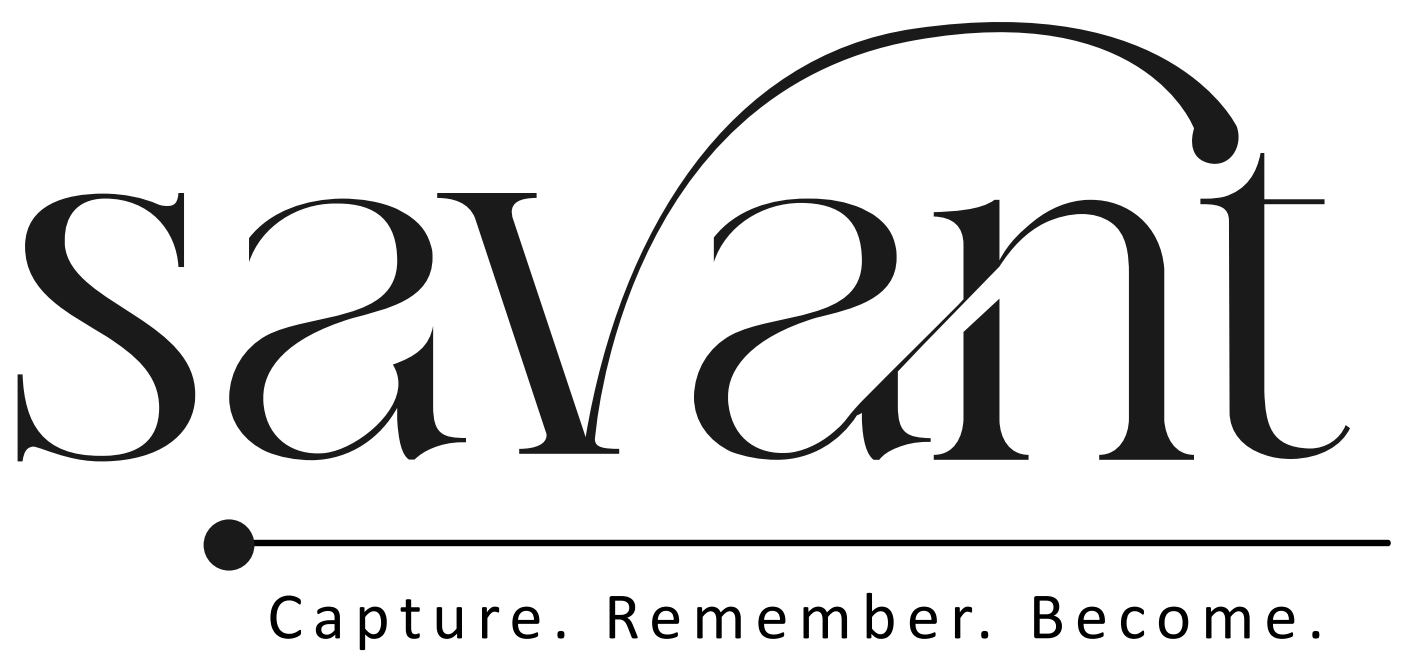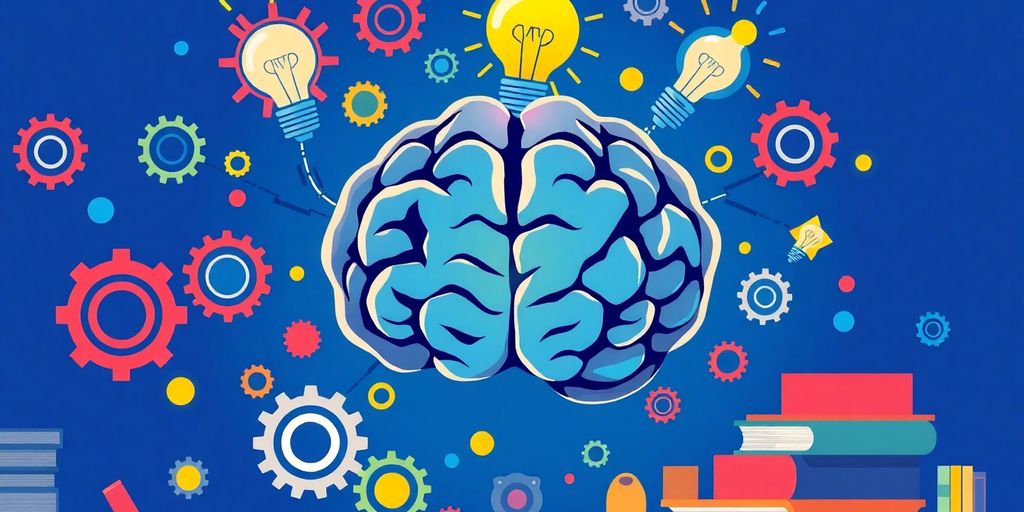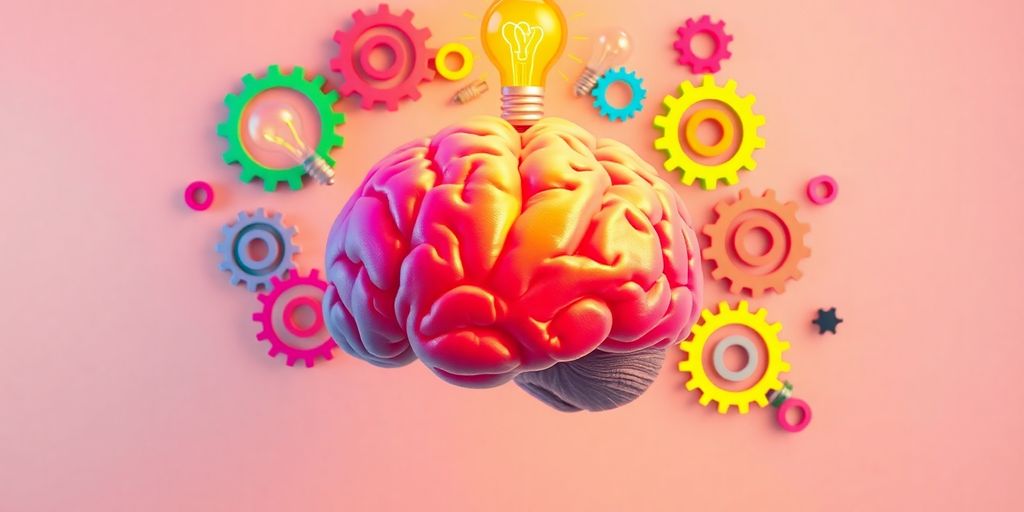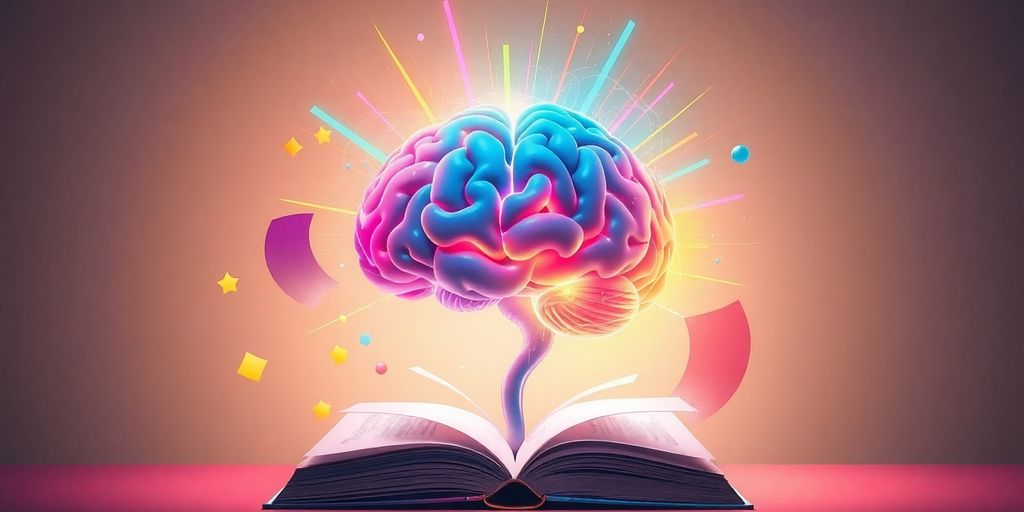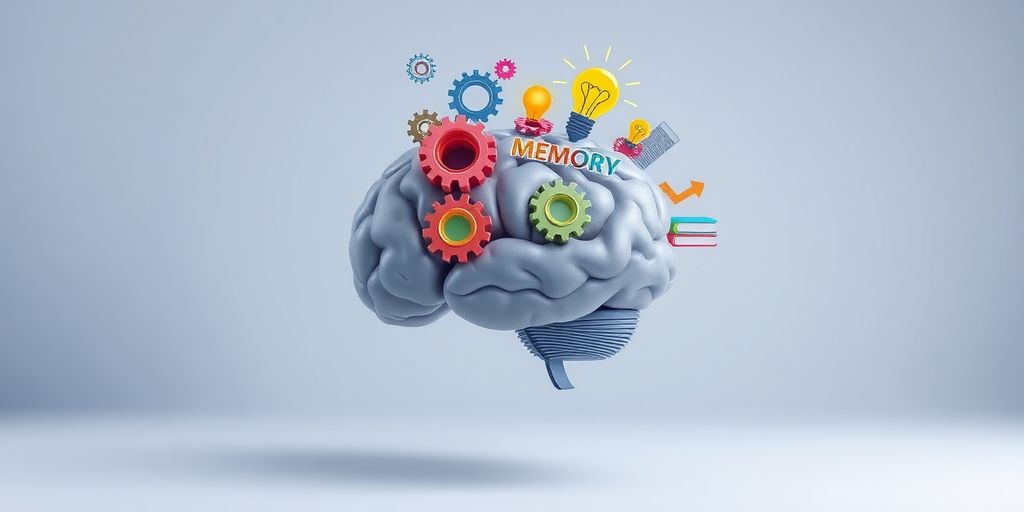Taking notes is a key skill for students that can greatly improve how they learn and remember information. This article will explore various note-taking methods and tips to help you become a better note-taker. By using effective strategies, you can enhance your academic success and make studying easier.
Key Takeaways
- Effective notes help organize your thoughts and improve understanding.
- Using different methods can cater to your unique learning style.
- Regularly reviewing notes boosts memory retention.
- Incorporating visuals can make complex information easier to grasp.
- Personalizing your notes can make studying more engaging.
Understanding the Importance of Note-Taking in Lectures
Why Note-Taking Matters
Taking notes is super important for students! It helps you remember what you learn in class. Students who take notes experience increased attention and concentration in class. This means you’re more likely to understand and remember the material later on.
Common Misconceptions About Note-Taking
Many people think that note-taking is just about writing down everything the teacher says. But that’s not true! Here are some common myths:
- You need to write everything down.
- Only the best students take great notes.
- Notes are only useful for exams.
Benefits of Effective Note-Taking
Effective note-taking has many benefits:
- Improves understanding of the material.
- Helps you remember information better.
- Organizes your thoughts for clearer studying.
Remember, learning should be enjoyable! Using these active strategies can make studying feel less like a chore and more like an adventure.
Popular Note-Taking Methods to Enhance Learning
Taking notes is a key part of learning, and there are several methods you can use to make it easier and more effective. Here are some popular techniques:
The Cornell Method
The Cornell Method is a great way to organize your notes. You divide your paper into three sections:
- Cues: A narrow left column for keywords or questions.
- Notes: A wider right column for main ideas and details.
- Summary: A bottom section to summarize the main points.
This method helps you review and reflect on what you learned, making it easier to study later.
Mind Mapping
Mind mapping is a fun and creative way to take notes. You start with a central idea and branch out with related topics. This visual method helps you see connections between concepts, making it easier to remember them. It’s especially useful for visual learners who enjoy seeing how ideas relate to each other.
The Outline Method
Using the Outline Method, you organize your notes in a structured way. Create headings and subheadings to show the relationships between different ideas. This method is great for subjects that have a clear hierarchy, like history or science.
The Sentence Method
In the Sentence Method, each new idea is written as a separate sentence. This is simple and good for quick note-taking. It allows you to capture detailed information clearly, making it easier to review later. This method is especially useful in fast-paced classes where information comes quickly.
Remember, the best method is the one that works for you! Experimenting with different styles can lead to better learning outcomes!
Incorporating Technology into Your Note-Taking Routine
Digital Note-Taking Tools
Using digital note-taking tools can really change the game for students! These tools help you stay organized and make studying easier. Here are some popular options:
- Evernote: Great for organizing notes and syncing across devices.
- OneNote: Offers a flexible layout for notes and drawings.
- Notion: Combines notes, tasks, and databases in one place.
Apps for Spaced Repetition
Spaced repetition is a powerful technique for retaining information. Here are some apps that can help:
- Anki: Uses flashcards and spaced repetition to boost memory.
- Quizlet: Offers various study modes, including games and flashcards.
- Brainscape: Focuses on personalized learning through spaced repetition.
Online Resources for Learning Notes
The internet is full of resources to enhance your note-taking skills. Consider these:
- YouTube: Find tutorials on different note-taking methods.
- Blogs: Read about effective study techniques and tips.
- Podcasts: Listen to discussions on learning strategies while on the go.
Embracing technology in note-taking empowers you to take control of your learning and adapt to new challenges. By using the right tools, you can make learning more engaging and effective!
Customizing Your Notes for Better Retention
Using Colors and Symbols
Adding colors and symbols to your notes can make them more engaging and easier to remember. Here are some tips:
- Highlight key points with different colors to make them stand out.
- Use symbols like stars or arrows to connect related ideas.
- Create a color code for different subjects or themes.
Adding Personal Comments
Don’t hesitate to add your own thoughts! Writing personal comments in the margins can help clarify your understanding. Here’s how:
- Jot down questions you have while taking notes.
- Write down your thoughts or reactions to the material.
- Use the margins for quick summaries of each section.
Creating Summaries and Questions
At the end of each section, take a moment to summarize what you learned. This reinforces your understanding. Here’s what to do:
- Write a brief summary of the main ideas.
- Create questions based on your notes to test your understanding later.
- Use bullet points for quick reference and easy review.
Remember, personalizing your notes not only makes studying more enjoyable but also helps you remember information better. Experiment with different styles and find what works best for you!
Overcoming Common Note-Taking Challenges
Taking notes can be tricky, and many students face challenges. Here are some common issues:
Dealing with Disorganization
- Keep your notes tidy: Use bullet points to separate ideas.
- Create headings for different topics to make it easier to find information later.
- Consider using a digital tool to keep everything organized.
Managing Information Overload
- Focus on key points instead of trying to write everything down.
- Use abbreviations and symbols to speed up your note-taking.
- After class, summarize the main ideas in your own words to reinforce what you learned.
Improving Retention of Notes
- Review your notes regularly to help them stick in your memory.
- Try teaching the material to someone else; it’s a great way to reinforce your understanding.
- Engage with your notes: Add personal comments or questions in the margins to make them more meaningful.
Remember, overcoming these challenges can make your note-taking more effective and enjoyable! By addressing these issues, you can enhance your note-taking skills and make studying more fun!
Active Learning Strategies for Better Note-Taking
Engaging Multiple Senses
Active learning is all about getting involved! Using multiple senses can make studying more fun and effective. Here are some ways to engage your senses:
- Visual Aids: Use charts, graphs, or diagrams to help understand complex topics.
- Audio Notes: Record your notes and listen to them later.
- Hands-On Activities: Try experiments or practical exercises to see concepts in action.
Active Recall Techniques
Active recall is a powerful way to boost your memory. Instead of just reading your notes, try these techniques:
- Use flashcards to quiz yourself.
- Summarize what you learned in your own words.
- Teach the material to someone else.
Interactive Flashcards
Flashcards can be super fun! They’re not just for memorizing facts; you can make them interactive:
- Add images or diagrams to help visualize concepts.
- Include audio clips for pronunciation or explanations.
- Mix up formats to keep things interesting.
Remember, learning should be enjoyable! Using these active strategies can make studying feel less like a chore and more like an adventure.
Tips for Consistent and Effective Note-Taking

Set a Schedule
To make note-taking a habit, try to set a regular schedule for reviewing and organizing your notes. This helps keep everything fresh in your mind and makes studying easier later on.
Experiment with Styles
Don’t be afraid to experiment with different note-taking methods! Whether it’s the Cornell Method, mind mapping, or the outline method, find what works best for you. Here are some popular styles:
- Cornell Method: Divide your page into sections for cues, notes, and summaries.
- Mind Mapping: Create a visual representation of ideas and their connections.
- Outline Method: Use headings and bullet points to organize information.
Stay Positive
Remember, note-taking is a skill that improves with practice! Stay positive and keep trying new techniques until you find what fits you best.
Learning to take effective notes is not just about writing; it’s about engaging with the material to foster better comprehension and retention.
Highlighting Key Points
Using highlights can make important information stand out. For example, you can use symbols or colors to mark key concepts. This can help you quickly find what you need when reviewing your notes.
Use Abbreviations
Creating your own abbreviations can make note-taking faster and more efficient. For instance, using “w/” for “with” or “b/c” for “because” can save you time. Using shorthand and symbols can significantly improve your note-taking efficiency!
Wrapping It Up: Your Note-Taking Journey
So there you have it! Mastering the art of taking notes can really change how you learn and study. It’s not just about writing down everything you hear; it’s about connecting with the material in a way that makes sense to you. Whether you’re doodling diagrams or using flashcards, find what works best for you. With a little practice and the right tools, you’ll become a more confident and effective learner. Keep pushing forward, and remember to enjoy the learning process!
Frequently Asked Questions
What is note-taking?
Note-taking is when you write down important information during classes or while reading to help you remember and understand better.
Why is note-taking important?
Taking notes helps you remember things better and makes studying easier by organizing your thoughts.
What are some popular methods for taking notes?
Some popular methods include the Cornell Method, mind mapping, and using bullet points.
How can I improve my note-taking skills?
You can improve by practicing active listening, using shortcuts, and reviewing your notes regularly.
What tools can I use for digital note-taking?
Apps like Evernote, Notion, and Microsoft OneNote are great for taking and organizing digital notes.
Can I combine different note-taking methods?
Yes! Mixing different methods can help you find what works best for you and improve your understanding.
